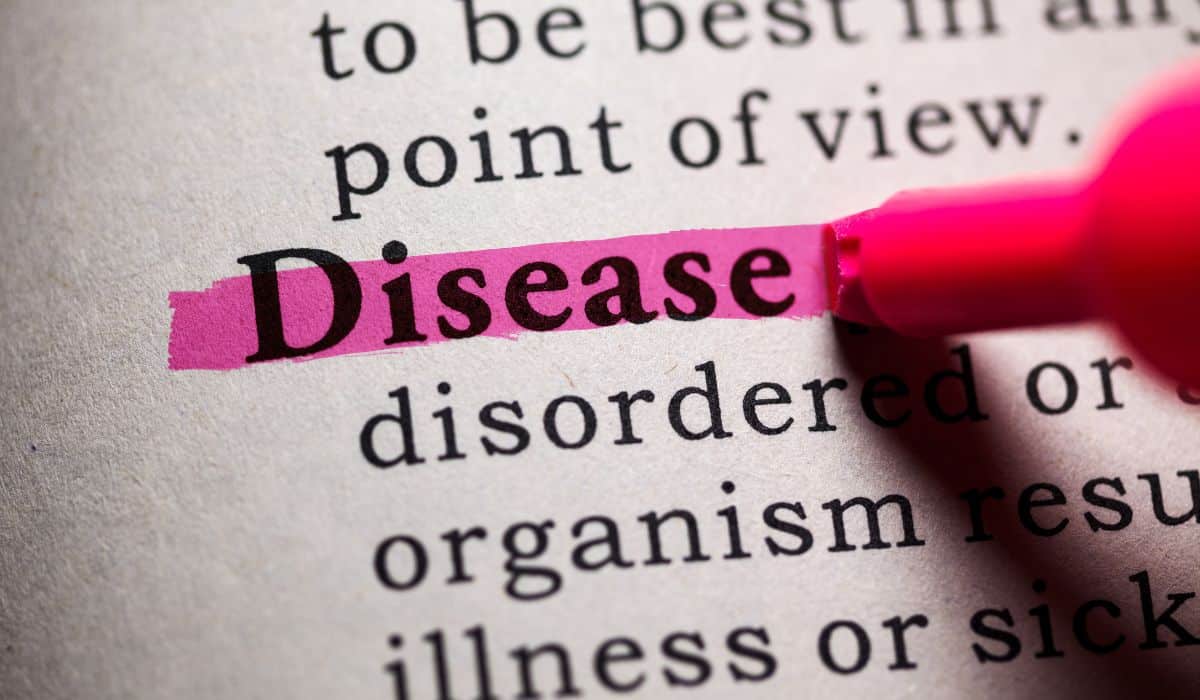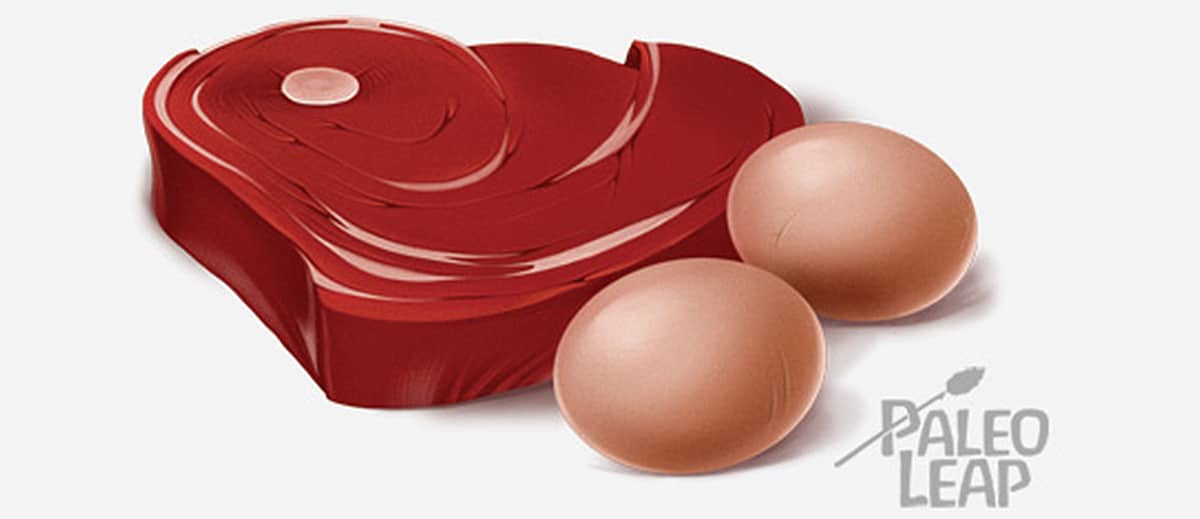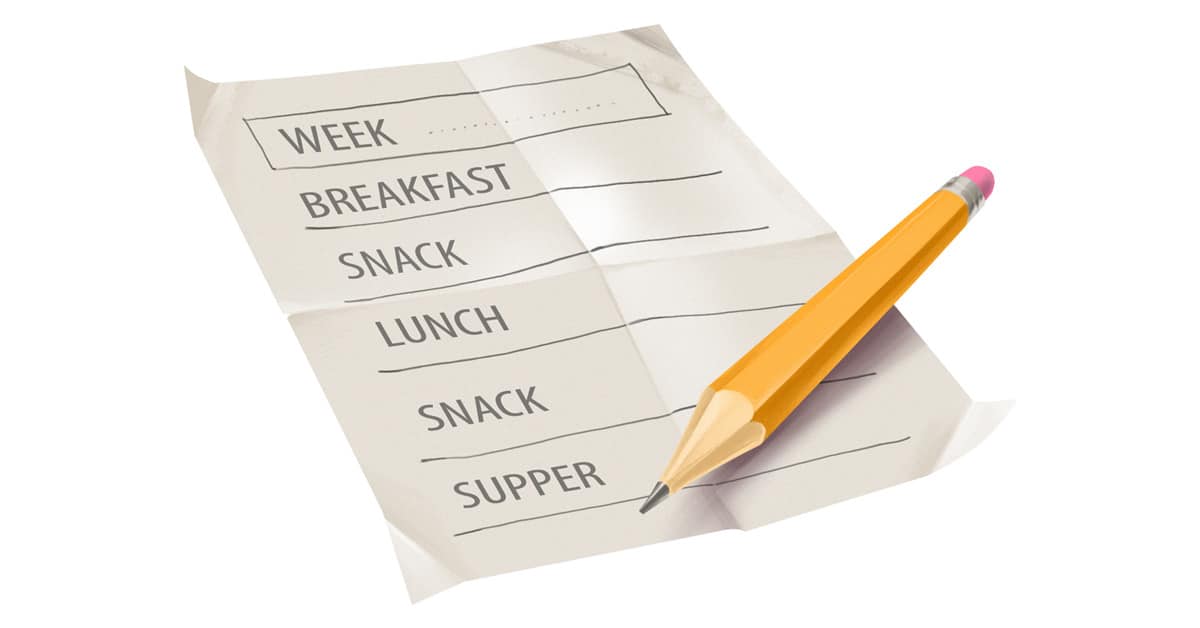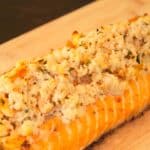
Every few months there’s a new study finding that red meat (or saturated fat, cholesterol, animal protein, or some other component of red meat) is “associated with” or “linked to” some chronic disease (diabetes, obesity, cancer, take your pick). Here’s the problem with this:
- "Associated with" doesn’t mean “causes.” The actual studies usually make this pretty clear.
- But to get clicks, headlines will try to make it sound like the study proves cause and effect. Hype sells, so there’s every incentive to overstate conclusions (hence misleading language like "linked to," which implies cause and effect without technically lying).
Thanks to all the overstated news stories, a lot of people worry way too much about these studies, and it can really put a damper on your Paleo practice to constantly have studies claiming you're going to die from All That Saturated Fat and Cholesterol. So here’s the antidote: 5 reasons to think twice before you worry about associations between red meat (and other nutritional punching bags, like eggs) and disease.
1. Confounding Factors
Confounding factors are other diet or lifestyle patterns that muddy the waters and make it hard to pick out associations between just one food and disease.
For example, people who eat a lot of red meat also tend to smoke, exercise less, and drink more. When they eat, they don’t just eat red meat; they also eat more sugar, refined grains, and junk food. In general, as this study put it, the typical person who eats red meat has a “lower-quality diet” overall. These same people do have a higher risk of many diseases, but blaming the red meat seems like a huge jump to conclusions when there’s so much other stuff going on. Smoking, sedentary lifestyles, sugar, and heavy drinking are confounding factors that make it hard to find the actual relationship between red meat and disease.
To really measure the association between red meat and disease, you’d need two big groups of people who were the same except for their red meat consumption. Then, you could isolate the effect of red meat, separately from smoking or drinking or being sedentary. But in the real world, that’s not how people live - and in most association studies, that’s not how the study population is set up. Of course, scientists can try to control for all these things with statistical adjustments, but as this page from the Boston University School of Public Health explains, controlling for confounding factors is really hard to do right and limits study design in other ways.
2. Healthy User Bias

Confounding factors are a problem in association studies generally. But in the case of Paleo foods that get demonized in conventional nutrition advice, like red meat, there’s a specific problem called the healthy user bias.
Essentially the problem goes like this: Paleo eaters are a very small minority of people. In general, people who care about their health tend to follow typical dietary guidelines: reduce saturated fat, reduce cholesterol, and so on. These people are the same people who engage in other health-promoting behaviors. They’re more likely to get regular exercise, eat their vegetables, quit smoking, and drink moderately. This makes everything in the Dietary Guidelines look artificially healthy, since it’s all generally associated with an overall pattern of healthy behavior. By the same token, everything contrary to the official dietary guidelines looks artificially unhealthy, since it’s all associated with an overall pattern of “I don’t give a hoot; I’m going to Denny’s.”
This study goes over tons of different associations that ended up just being healthy user bias, from nutrition to hormone replacement therapy and back again. It’s really a very strong effect!
Healthy user bias adds a big element of uncertainty and doubt about associations between any one food (whether it’s red meat, eggs, butter, or something else) and disease.
3. Reverse Causation
Reverse causation is another reason to pause before assuming that association means causation.
Here’s a piece of total nonsense to illustrate: “Wearing shorts is associated with hot weather, which proves that wearing shorts causes the temperature to go up.”
This is obviously stupid. It's the other way around - the temperature doesn’t go up because people wear shorts; people wear shorts because the temperature goes up. The exact same problem can happen in nutrition research. It’s called reverse causation. Even if there is a causal relationship between two associated things, it’s not clear which is the cause and which is the effect.
One good example from nutrition is artificial sweeteners. As this review explains, several studies have found that eating artificial sweeteners is associated with higher BMI. But is this because eating artificial sweeteners causes weight gain? Or could it be that people who are gaining weight decide to go on a diet and switch from sugar to Splenda? In the second case, high BMI is the cause, not the effect, of using artificial sweeteners.
4. Dietary Recall Inaccuracies

Another reason to be skeptical of associations between food and disease is the difficulty of measuring food consumption. A lot of association studies rely on self-reported food intake because it’s relatively inexpensive. But unfortunately, this doesn’t really work:
- If researchers ask people to write down their food as they eat it, it changes their behavior: they feel self-conscious and try to act healthier because they know they’re being watched. So this method isn’t an accurate way to measure someone’s usual diet.
- But if researchers ask people to write down what they eat after they’ve eaten it, people either forget or lie.
Here are just two studies showing that people provide extremely inaccurate estimations of two dietary components: salt and total calories. And it’s difficult to correct for this because different groups of people are inaccurate in different ways.
Basically, it’s extremely hard to accurately measure what and how much people eat, and studies have repeatedly shown huge errors that compromise the accuracy of the research. Just to take an important example, this study describes big inaccuracies in the National Health And Nutrition Examination Survey (NHANES), which is the basis for a huge number of studies finding associations between nutrition and disease.
If reported associations are based on totally inaccurate data about what people actually eat, is it really wise to put so much faith in them?
5. Randomized Controlled Trials Say Otherwise
So, how is it possible to set up a study with as few confounding factors as possible, no healthy user bias, no reporting inaccuracies, and a low potential for reverse causation?
One answer to the problems of association studies is the randomized controlled trial (RCT). In RCTs, subjects are randomly assigned to an intervention or a control group (avoiding healthy user bias and minimizing confounding factors, since both groups are as similar as possible, except for the intervention). RCTs absolutely aren’t infallible, but they provide stronger evidence of cause and effect than association studies.
RCTs of specific foods have been pretty kind to Paleo staples like eggs and red meat. Just to name a few:
- Eating red meat is associated with diabetes and insulin resistance, but in this RCT, a diet high in red meat didn’t cause insulin resistance or any other metabolic problems, compared to a control diet with white meat.
- Eating red meat is associated with high cholesterol, but in this RCT, red meat completely failed to have any effect on blood lipids.
- Multiple RCTs have found that eating eggs doesn’t really have much effect on blood cholesterol or other cardiac risk factors. In fact, this one even found that eating eggs reduced inflammation.
It turns out that when you separate eggs and red meat from smoking, drinking, diets high in sugar, and sedentary lifestyles, they don’t actually look so dangerous.
Think Twice Before Worrying About Associations
None of this is to say that it’s pointless to find associations between foods and diseases. Basically, this list just gives you five reasons to think twice before you worry about studies associating red meat and some horrible disease.
News outlets often try to make these headlines sound like the studies proved cause and effect, but associations - even when they’re really legitimate and not just caused by confounding factors or inaccurate dietary reporting - aren’t enough to prove cause and effect. And randomized controlled trials have repeatedly found that eating whole foods like butter, red meat, and eggs isn’t a one-way ticket to death by heart attack.





Leave a Reply